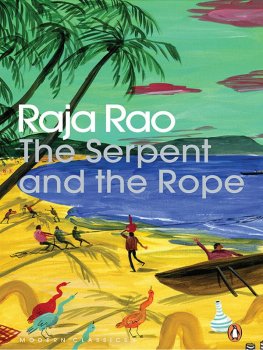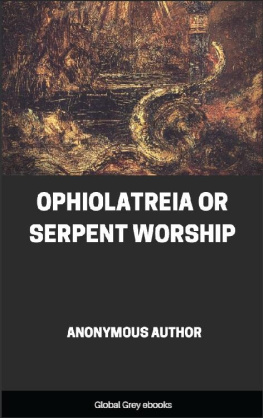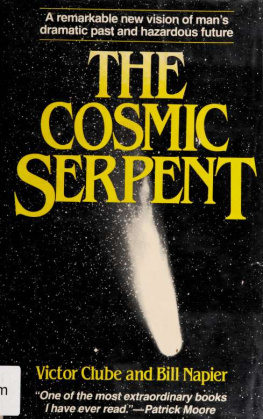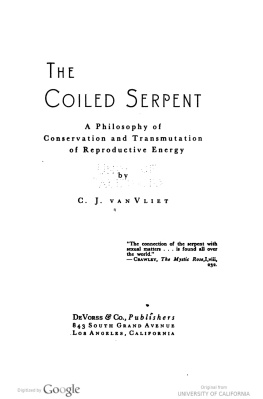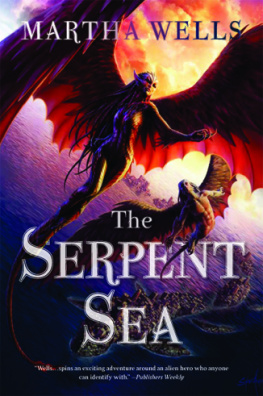
Arktos
London 202

Copyright 202 by Charles William Dailey and Arktos Media Ltd.
All rights reserved. No part of this book may be reproduced or utilised in any form or by any means (whether electronic or mechanical), including photocopying, recording or by any information storage and retrieval system, without permission in writing from the publisher.
Arktos.com | Telegram | Gab.ai | Facebook | Instagram | Minds.com | YouTube | Parler
ISBN
978-1- 914208 -68-3 (Softcover)
978-1-914208-69-0 (Hardback)
978-1-914208-70-6 (Ebook)
Editing
Jason Rogers
Constantin von Hoffmeister
Cover and Layout
Tor Westman
T his book is dedicated, first of all, to my mother Candee McBride Dailey, who, with her unique poetic observations on life and regular encouragement during my period of writing, provided me, as has often been the case in other of my ventures, with an enduring emotional strength and many asymmetrical moments of reflection that allowed for the cultivation of insights and lines of investigation that I probably would not have otherwise perceived as I ultimately did. From the beginning of my life, she has been the primary wellspring of my love of South Asian and other non-Western cultures, and generally of epic tales and sagas the world over. Decades of watching films and reading books together about traditional India and China, the indigenous cultures of North America and Africa, and the experiences of Europeans and Americans in all of these wonderful places, has exercised an incalculably positive influence on both the shaping of my character and my great loves in life, as well as on the direction of my thought and research.
My second dedication is to my loyal border collie, Hank, or Hankston Sr. as I often call him. Hank has, nearly every day without fail, chosen to lie quietly (for the most part) close by, sometimes awake, sometimes asleep, while I worked during the days, months, and years required to complete the project that has culminated in the production of the present book. Although I have had the honor to befriend and live my life with many great dogs and catsall wonderful, eternally luminous, beings wherever they may now beHank was the one destined to be consistently there with me, from the beginning of my notes to the words that I am now writing, on the great adventure of which the present work is the manifestation.
My final dedication is to Professor George Alfred James, my dissertation supervisor at the University of North Texas in Denton, Texas. This book is based upon that work. Dr. James, along with one other individual, has been the greatest academic teacher in my life. This was not so much because of his classroom instruction in the courses that I took from him, but because of the dedication that he persistently exercised, after some initial disagreements concerning argument forms and tone, in coaxing me to modify certain elements of my grammatical construction style and diction, of which I was once told many years previously, by a professor who taught me at another university, that it was stodgy and Germanic. Being who I am, I of course took that as a compliment, for being described as Germanic or compared to the Germans is nearly always a compliment in my view. I began to see, however, that one need not write like Kant or Hegel in order to emulate their genius. Over several months, Dr. James aided me in weeding out or improving unnecessary phrases, usages, and constructions in my writing. I am forever grateful for that and intend to try to remember everything that he taught me on that count. He should receive that gratitude and pledge as the greatest form of respect that I can repay him for his efforts, as it shall last me my life long.
Introduction
As the skin of a snake is sloughed onto an anthill, so does the mortal body fail; but the Self, freed from the body, merges in Brahman, infinite life, eternal light.
Brihadaranyaka Upanishad IV: 4:7
In serpent iconography, humans, since 40,000 BCE, have found a way of finding the self.
James H. Charlesworth, The Good and Evil Serpent:
How a Universal Symbol Became Christianized
S erpent and dragon symbolism, taken together or separately, is present in the art and mythology of nearly all of Earths cultures, figuring prominently in European, Egyptian, Near Eastern, Asian, African, Australian, and North and South American cultural artifacts. Various interpretations of both symbols have been proposed over the centuries. The serpent and dragon have both been associated with the ideas of: wisdom and knowledge; healing and renewal; life and fertility; immortality and time; chaos and creation; and evil, sin, and death, among others. To the philosophically curious, to the active intellect searching for universals in a landscape of particulars, the question arises as to whether there is some one idea underlying this diversity. I argue that, in what the symbolist Ren Gunon and the historian of religions Mircea Eliade have termed traditional, or premodern, or archaic, art and mythology, both serpent and dragon symbolize the state of existence that I term matter . More specifically, the serpent/dragon symbolizes the traditional experience of cyclicity or the cyclical nature of the physical (or natural) world, and what I term symbolic modifications of the serpent/dragon, such as the serpent with rod or the dragon with orb, symbolize what I shall call the Spiritualizing of matter . Spiritualizing in this book denotes the act of forming, defining, and actualizing, by means of a specific potentiality of human being, nature or the physical world as it is perceived in its cyclical aspect, what Gunon describes as the indefinite series of cycles of manifestation. The perception by some humans which I shall call New Men of the limitedness of the indefinite series of cycles of manifestation, the physical world in its cyclical aspect, is what constitutes, from the traditional perspective according to Eliade, chaos. The mentioned state of matter , therefore, is a new state of awareness in some humans that consists in the perception of the indefinite series of cycles of manifestationthe cyclical aspect of nature as chaotic. This perception is made possible by what I shall call human realization, the experience of direct awareness of (intuition of) a meta-physical Reality. Both this experience and this Reality were, according to Gunon and Eliade, known to traditional/archaic peoples around the world. Realization of the metaphysical, a relative form of enlightenment for the individual experiencing such realization, allows that individual to realize, specifically, that the cyclical aspect of existence or nature is derivative of , and substantially lesser than , a higher, meta-physical, order. Realization creates the New Man and allows him/her to reconceive life by perceiving the old human identification with what was seen by humans, from a less realized level of consciousness, as lifethe cyclical aspect of natureto be chaotic. Thus does realization allow the New Man, by means of conceiving of the old life as merely one possible state of human being, to problematize that idea of life and, thereby, distance himself from it in order to, as I say, overcome or Spiritualize it. In making my argument, I employ a large variety of myths, legends, and artworks from, or referring back to, the traditional cultures of the world, as Gunon and Eliade define the latter. I also rely on Gunon and Eliade, as well as many other nineteenth- and twntieth-century symbolists, religious scholars, archaeologists, and historians, for substantial considerations.
Next page


